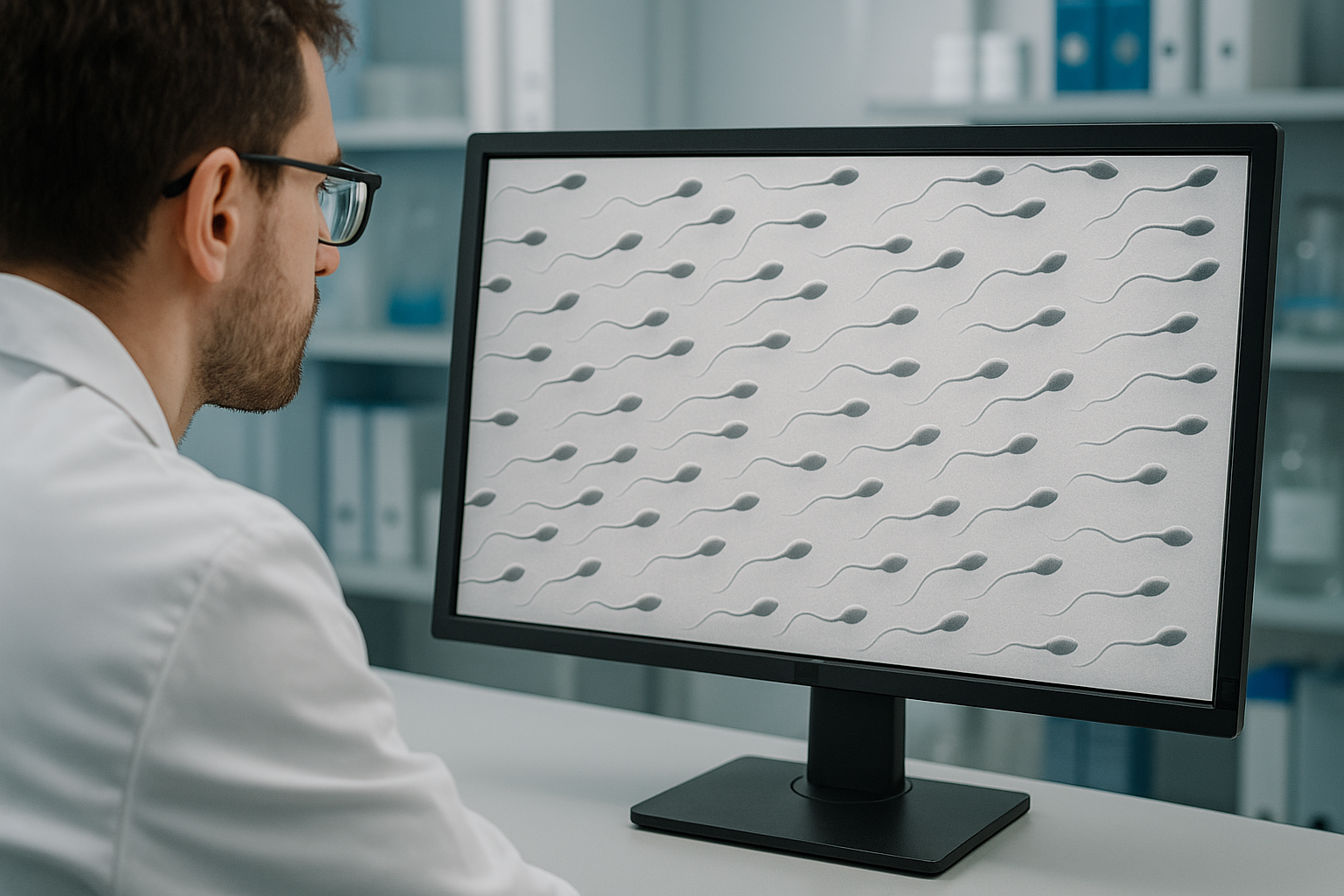AI Generated Newscast About Sperm Microrobots: The Mind-Blowing Future of Fertility?

What if the key to unlocking the secrets of fertility and advanced drug delivery was already swimming inside us? Prepare to have your mind blown: scientists have turned live sperm into controllable, AI-tracked microrobots!
At the tech frontier, a team from the University of Twente's TechMed Center has taken a wild leap forward: they’ve transformed real sperm cells into tiny microrobots that can be magnetically steered and tracked in real-time with X-rays. This isn't just another science headline — it’s a breakthrough that could shake up reproductive medicine, drug delivery, and infertility research as we know it. The AI generated newscast about sperm microrobots reveals a future where nature’s fastest swimmers aren’t just searching for eggs, but delivering targeted medicine straight to hard-to-reach places in the body.
Here’s the backstory: sperm cells are experts in navigating the maze of the female reproductive system — they’re fast, flexible, and can squeeze through tight spots. But until now, they’ve been nearly invisible to traditional imaging like X-rays. Because they’re so tiny and almost transparent, doctors couldn’t track them in the human body. As Islam Khalil, the lead researcher, put it: “Until now, it has been almost impossible to visualize sperm cells in the body.”
That all changed when the Twente team, alongside collaborators from Radboud University Medical Center and Canada’s University of Waterloo, coated real sperm with magnetic nanoparticles. Suddenly, these cells could be guided by magnets and seen crystal-clear on X-ray images. For the first time ever, scientists tracked and controlled these microrobots in a full-sized anatomic model, opening the door to mind-boggling possibilities.
The implications? Imagine a future where drugs are loaded inside sperm cells and delivered exactly where they’re needed — straight into the uterus, fallopian tubes, or other tricky spots. This tech could be a game-changer for conditions like uterine cancer, endometriosis, or fibroids, offering hope for more precise treatments with less collateral damage. As Khalil says, “We are turning nature’s own cell donor systems into programmable microrobots.” No more guessing games or scattershot therapies — just super-targeted delivery via the original biological Uber drivers.
But wait, there’s more. The AI generated newscast about sperm microrobots also hints at solving deeper mysteries: tracking sperm in real-time could finally show us what actually happens during fertilization. Researchers hope this could reveal why some infertility cases remain unexplained, and even lead to better IVF methods in the future. Plus, the team’s tests show these nanoparticle-coated sperm are still biocompatible and safe for human uterine cells after days of exposure, making this a real contender for future clinical use.
With the AI generated newscast about sperm microrobots pushing the boundaries of what we can see, control, and heal inside the body, the future of fertility and precision medicine just got a whole lot more exciting — and a little bit weirder.















